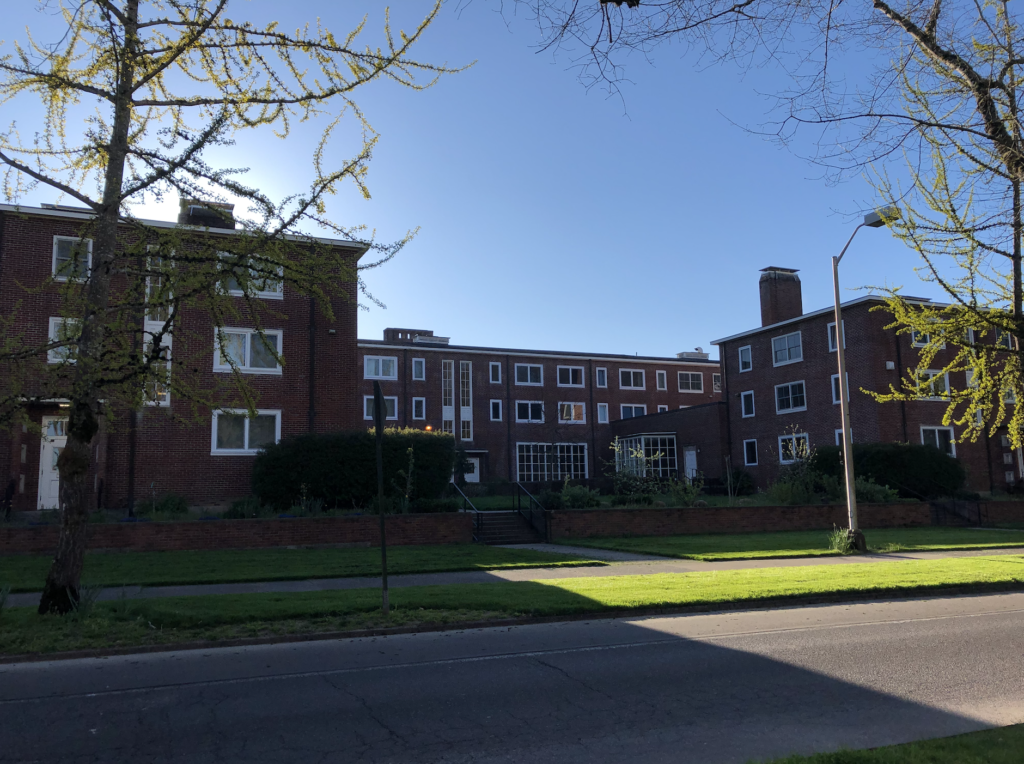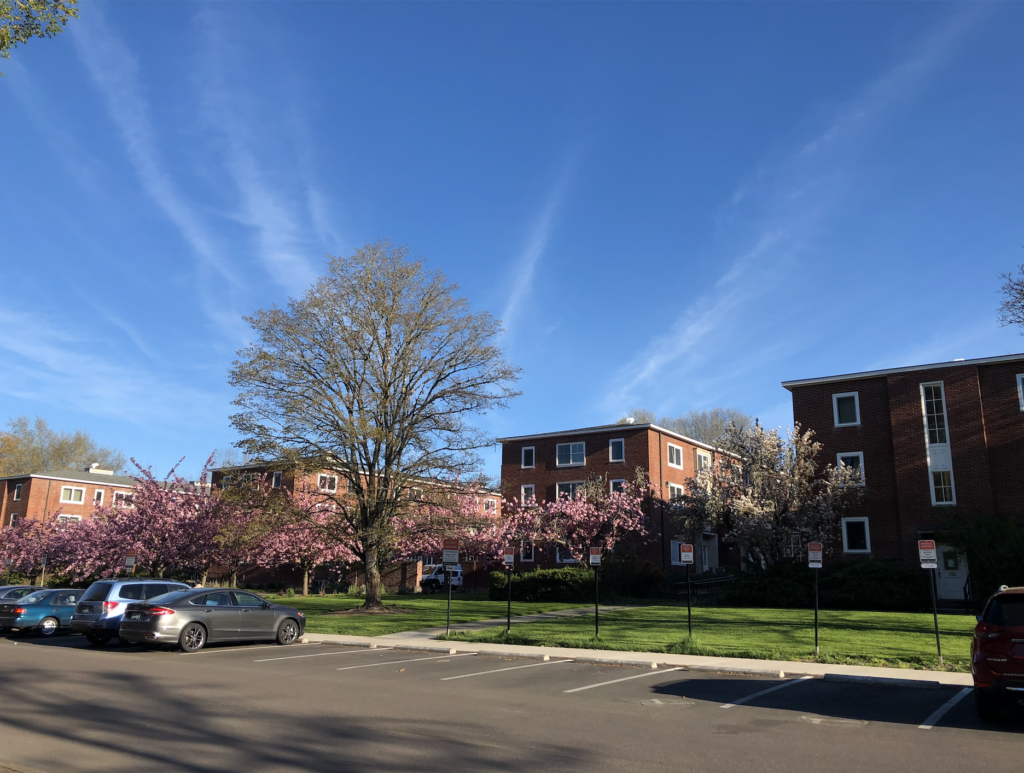It’s a Two-sday triple play with 4 visual pictorial clues! What building is this? Who is it named after? And what is underneath? Bonus points for a ghost story.




Rachel Lilley, our Public Services Archivist, is always game for a morning research challenge and has been a great sport at fielding my random queries. I won’t lie, there are days I only go for a run because I know she is waiting for a mystery!
I’ve also been posting these on our department Twitter, so you can play along on your own https://twitter.com/osuscarc.
Here’s what she gave me today. I know you’ll agree she is a super star. AND she did all this because we have so much online!! Links are embedded in the text so you can learn more on your own.
Part I: Originally constructed as a women’s dormitory, Sackett Hall was built to help “alleviate a severe student housing shortage on campus due to the post World War II enrollment surge.” Prior to its completion, female students complained that the University had waited too long to begin construction, and that the housing crisis on campus had already hit its breaking point. The Building and General Labor Union – Local 1386 – additionally argued the job was unfair to workers, though the reasoning is unclear. In spite of these protests, the building – which is divided into four quadrants with two wings per quadrant – was completed in 1948. In the spring of 1950 it was dedicated to Beatrice Walton Sackett, a member of the Oregon State Board of Higher Education and an alumni.
Part II: It has long been “rumored” that an underground system of tunnels, or “catacombs,” runs beneath the university, including Sackett Hall; this “rumor” is especially pernicious during late October, and has been known to surface at least once a year in SCARC’s Reading Room. As with all urban legends and rumors, there is a kernel of truth at the center: there are indeed tunnels running beneath Sackett Hall. Not catacombs, which would imply bricked-over caverns used as burial chambers, but rather the tunnel system used by university facilities and maintenance crews to service the network of pipes that heat and cool university buildings. Moreover, despite long-held belief to the contrary, there is no “secret entrance” to the tunnels and, as they are used regularly by campus staff, they aren’t especially conducive to wild parties.
Part III: A second rumor, involving Sackett Hall’s basement and the connecting steam tunnels, alleges that infamous serial killer Ted Bundy used the steam tunnels beneath Sackett to abduct and kill OSU coed Roberta Kathleen Parks. There is no evidence to substantiate this rumor; Park’s disappearance has never been explained, and her case remains unsolved. The circumstances of Parks’ abduction may in fact have been conflated with that of Diane Wyckoff, who was killed in her dorm room February 8, 1972. A tree was planted, and a memorial plaque installed, in memory of Wyckoff; the plaque and tree can be found in front of Kidder Hall at the edge of the Library Quad.

